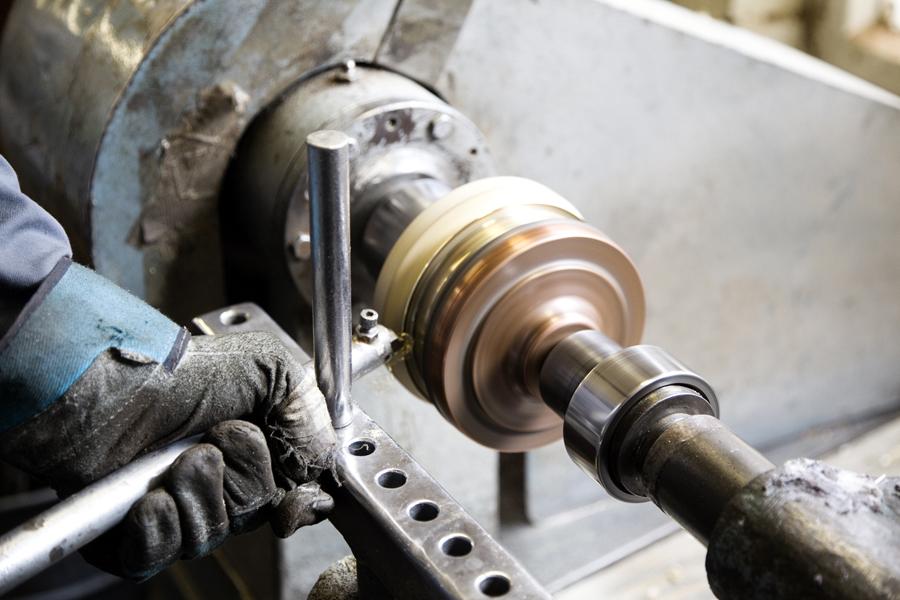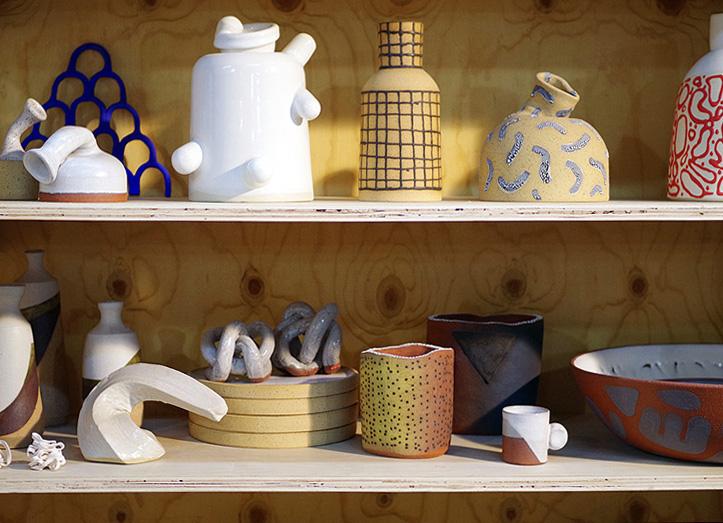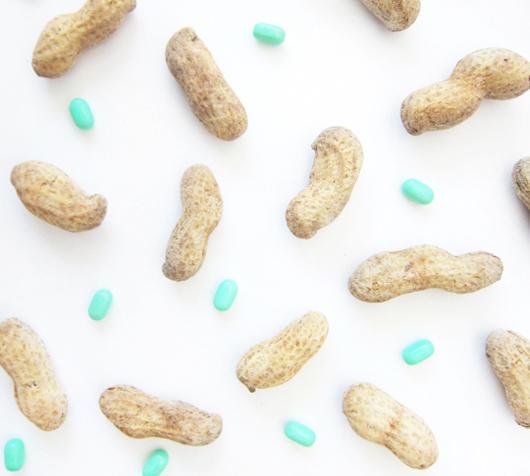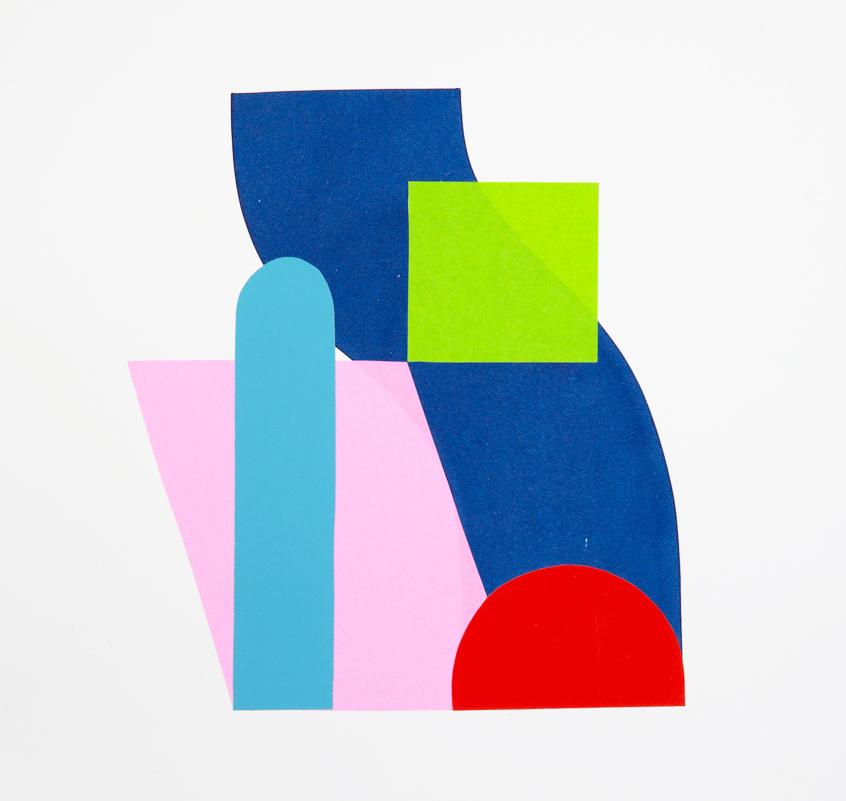
07.18.14
Up and Coming
Chad Kouri, artist
Chad Kouri took his first freelance design gig at the tender age of just 15, but like most creatives, Kouri had trouble at first striking a balance between paying the bills and pursuing his passions. “I moved to Chicago after high school to study design, but knew I didn’t have enough money to finish a four-year program. So I took as many classes as I could and then jumped out to work for a marketing firm, which was not at all fulfilling. I was basically designing junk mail for five years. After hours, I’d work on editorial illustrations or custom typography, but I quickly realized I didn’t enjoy being on a computer 16 hours a day. I started doing collage as a way to break away from screen time. I used to reference a lot of old ads and typography from the ’50s and ’60s; I wanted to work larger but the pieces could only be as big as a magazine page. That’s how I transitioned to using flat shape and color, and that’s pretty much where I’m at in this experiment of an art career that I have.”
But the experiment, it seems, is working. Kouri has become known for his vibrant, abstract compositions, and in recent years, his commissions have begun to reference the fine art side of his interdisciplinary career, from the massive cut-shape mural he created for IDEO’s Chicago offices to the site-specific installation he designed for a room in London’s Ace Hotel. He’s happily reconciled the problem solving of design with the spontaneity of his art. Of his process, he says, “there’s not a lot of pencil sketching, but I take photographs all day of architecture or different compositions. It’s almost like when you write something down, you tend to remember it more even if you don’t read it again. Compositions are like that for me. When I capture them in my phone, I have them stored in my mind a bit better. Then once I’m in the studio, I can crank up the jazz and be spontaneous once I get into making the work.” Kouri recently took the time out to tell us a bit more about where he came from and what’s coming up next.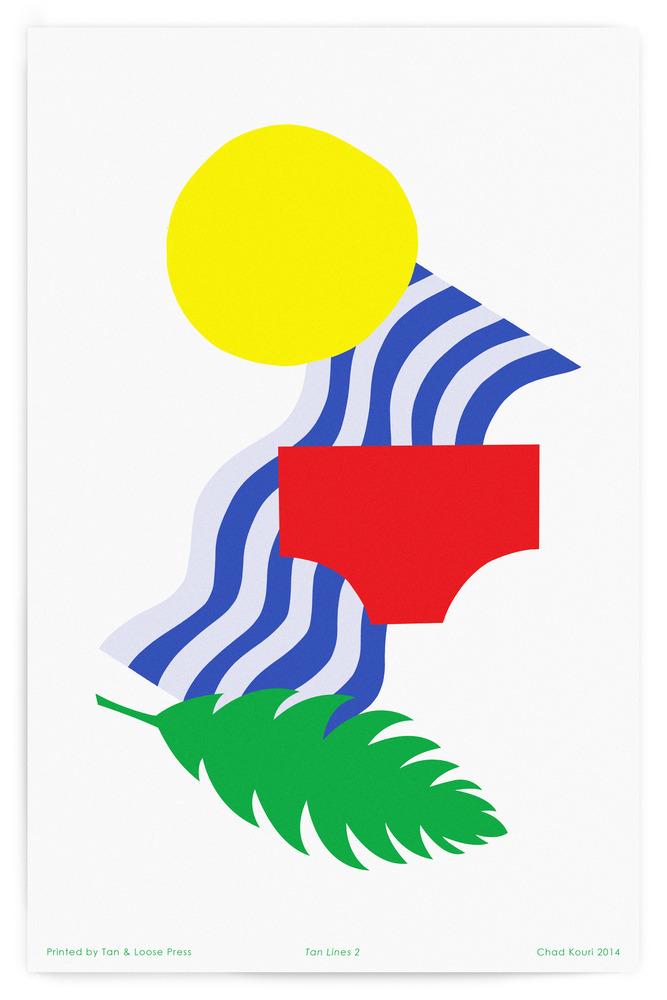
Describe your most recent project and how it was made:
“My most recent project was the 11×17-inch risograph print pictured above for Tan & Loose’s Tan Lines 2 print series and exhibition here in Chicago. It’s an annual show they put together with different artists’ and designers’ interpretations of the title. The composition was made by scanning cut paper shapes and arranging them in Photoshop. I hope to do a lot more risograph art prints and books in the coming months. I really like the quality of the prints and it’s so much easier than screenprinting. They sold out quickly so I’m releasing the few that are left exclusively to the readers of Sight Unseen! $25, shipping included. Grab yours here. (+$10 for international shipping.)”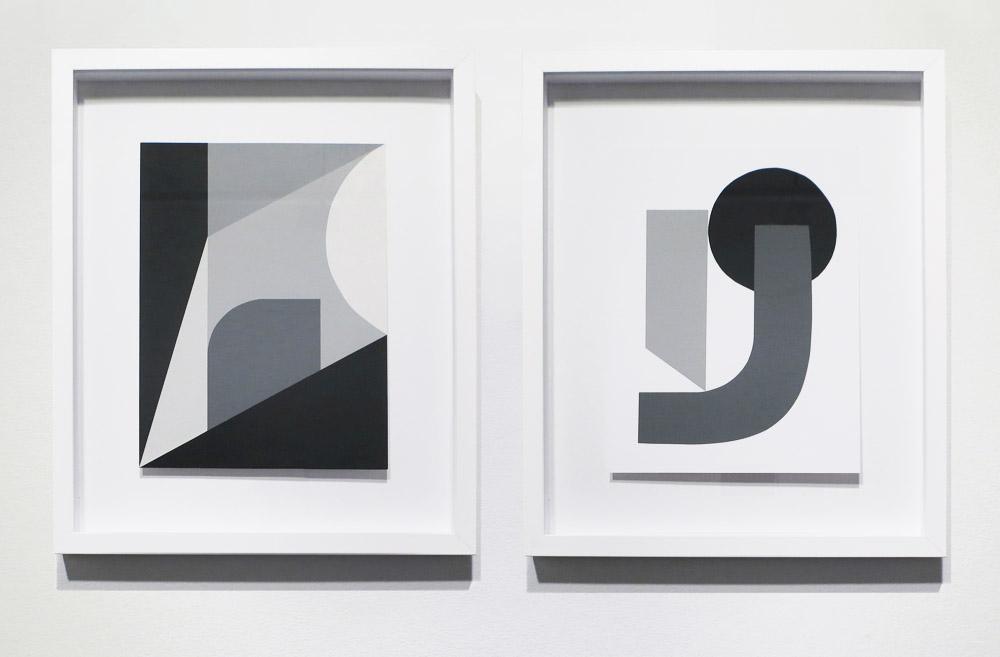
“I’ve also been working on a good amount of private and commercial art commissions, including a couple of grayscale pieces for the new Chicago Soho House opening in the fall, and one for a hotel development in Chicago that could include work for up to 1200 rooms, which I’m SUPER excited about. These kind of opportunities have gotten me thinking about ways of making unique multiples. How can I create more than a thousand of something that has some variation so not every one is exactly the same? Some ideas are doing 2-3 colors offset printed and adding 1-2 pieces of various cut paper pieces afterward. Or adding some Jazz Movement Study wiggles on ’em. Also have to find the right printer who would be into doing some nontraditional experimental printing processes. Obviously I still have some trial and error to go through here, but I’m looking forward to experimenting a bit more.”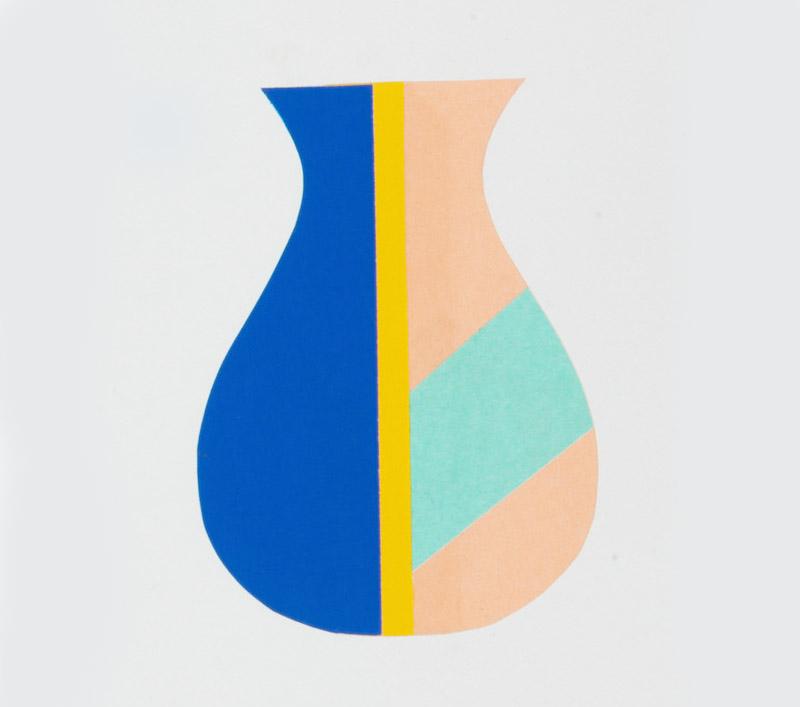
Describe your next project and how you’re currently making it:
“Currently I’m working towards a solo show at Johalla Projects opening October 17th. It’s my first in Chicago in almost 5 years. I feel like I’ve been gathering concepts and pulling reference materials for this show for years. The hardest part is going to be narrowing down the work to a concise and coherent show, which is a good problem to have I’ve been told. But a problem nonetheless. Either way, I’m super pumped and their couldn’t be a better group of people to help me bring this show to life.”
“In the short term, the Johalla team, artist Heather Gabel and I, are working on a project for Pitchfork Music Festival which is coming up this weekend. Heather and I will be doing a project called ‘Geometric Village,’ where we’ll each be building and designing/painting/collaging a to-be-determined giant shape of our choosing. We’re still in the early phases of concepting here but I’m so excited for this. Heather and I both work in multiples and collage/mixed media but have very different aesthetics. Heather works primarily in black, white and silver, using appropriated imagery with a lot of themes about spirituality and the afterlife, and my work is primarily bright primary colors in simple shapes, with a general vibe of positivity and playfulness. It should be a really nice contrast, balancing each other out quite nicely. The specifics aren’t quite hashed out yet, but we are all really excited to see where we end up.”
“Also worth mentioning, I’m constantly doing stuff with Uprise Art (pictured above). Pitching commissions as well as doing exclusive collections for One Kings Lane, Quarterly Co, and others. I love their art-buying e-commerce structure. It’s basically an art savings account. You sign up and pay per month, acquiring a balance, and you can use that balance towards purchasing any work in their collection. I think this is a really smart entry point for people who are interested in art buying, but don’t know where to begin. One of my main goals is to make my work and art in general as approachable as possible. I feel like a lot of the time people assume that art can only exist on the wall in a gallery and that art is only a painting that took years to do and costs more than what most people make in a year. I want to break down those expectations and have people realize you can live with art, that art is in our everyday, and that it should always be a conversation, not a lecture.”
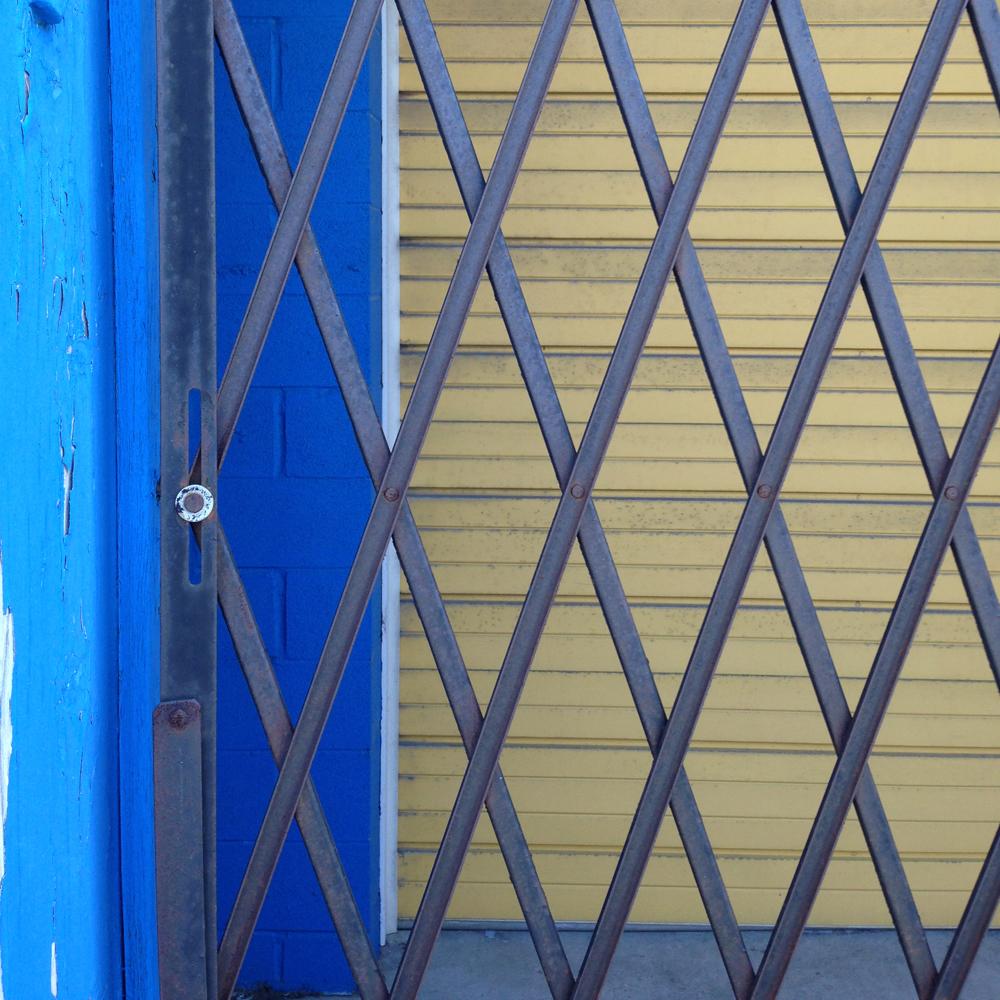
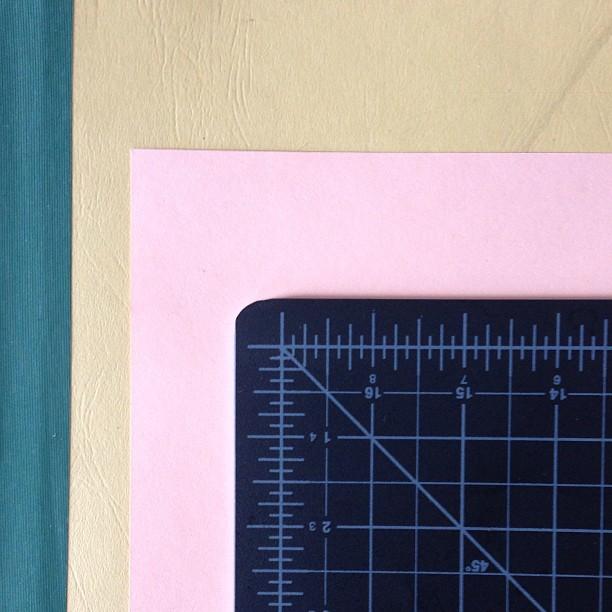
Tell us one thing that’s been inspiring you lately and why:
“Inspiration is such a funny thing. It’s simultaneously the question we get most often as creatives, and the hardest one to answer. My favorite commentary on this question was a talk a while back by Margot Harrington, making an argument for changing the conversation to focus on influence, rather than inspiration. To her point, inspiration is passive and influence is active. We need to start thinking about what makes our work better, rather than what gets us to make it, out of the gate.”
“That being said, Instagram has been super influential to me lately. I never really got into Facebook or Twitter. But I like that I can easily find other people to follow, all over the world. I can see what’s happening in Sydney in the studio of Kate Banazi or Michael Bennett, what exhibition is going up at The Walker Art Center or The Whitney, while simultaneously checking in on friends all over the world doing brilliant and exciting things. All in just a quick flick of the thumb. It’s also become a great place for me to experiment with various serial investigations like my #GridsInRealLife (top) or #PhotosThatShouldBePaintings (bottom) hashtag projects. I’ve even gotten a couple leads for commissions — commercial and otherwise — from my feed. It’s a great resource and tool for me.”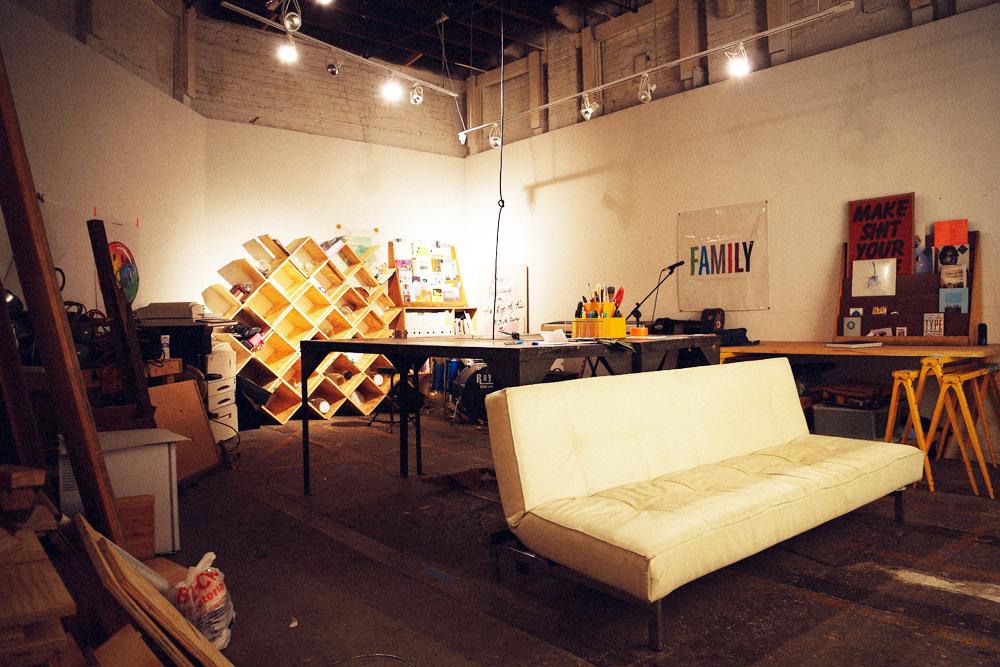
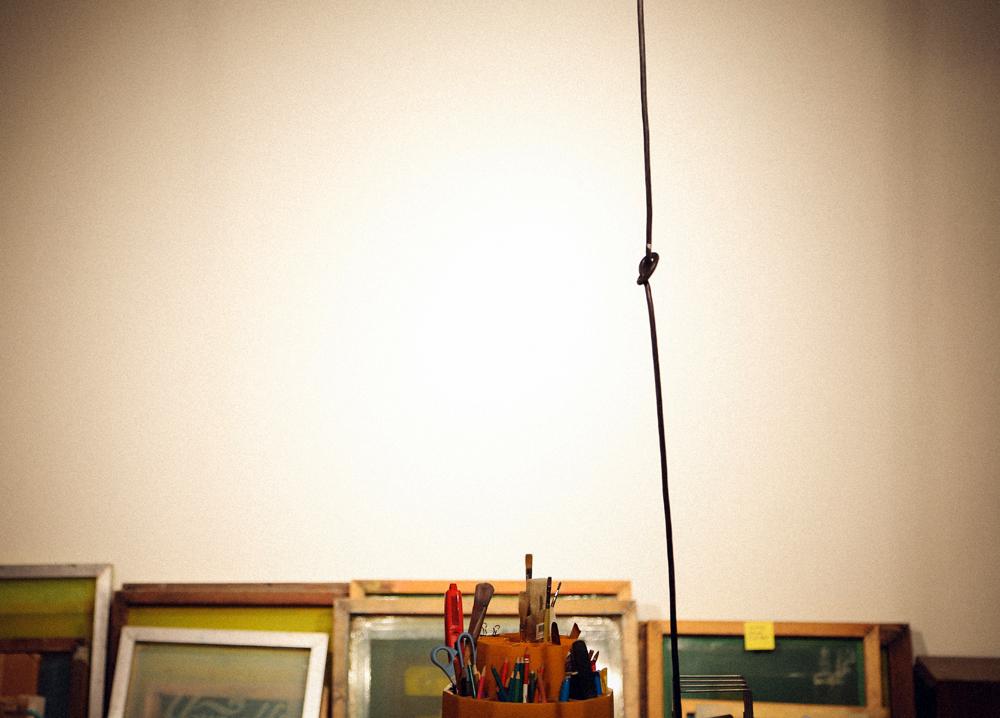
Show us your studio and tell us what you like about it:
“I fashion myself as an expert of makeshift workspaces. For years I would set up shop in the commons area of my shared apartments with whatever equipment I could find. Mostly this consisted of an old door, with banister dowels as table legs. I really like working in spaces where people are socializing, drinking, watching a movie, or just hanging out. It took the pressure off of me creatively, and was probably some of my earliest rebellion against the stereotypical artist persona: the idea of a solitary practice in a quite studio space, painting for months and pricing individual works for more than my annual salary.”
“After various experiments, including many home studios, working in storefronts of retail stores, setting up shop in gallery, and even working in the park now and then, I’ve finally moved my primary work zone to my shared studio at The Post Family space. The other Post Family members and I have shared the space for printmaking, woodworking and curatorial projects for nearly seven years and I haven’t got in the habit of making it my primary work space until about eight months ago. It’s really helped my work grow in monumental ways. My solo showing in NYC with Art Dossier last October is what influenced the switch. The space was fairly stagnant during normal business hours because it’s whole purpose over the years has been to be a clubhouse of sorts where we can work on extracurricular projects outside of client direction, budget restraints and the “required success” that commercial projects need. Now that a lot of my clients have been referencing my personal projects when approaching me about art and design commissions, I’ve moved my daily practice into the space. It’s really helped me take my work to the next level. I can have studio visits, which was impossible during other variations of my work spaces over the years. And the space is much bigger, so I can make larger work, and more of it. Also, my closest friends are in and out of the space regularly so I can get sporadic feedback on what I’m working on at any time. I can’t see me staying in this kind of a space forever, but at the moment it’s really helping me grow as an artist, take more risks, and feel more comfortable in my own skin.”
Studio photos by David Sieren
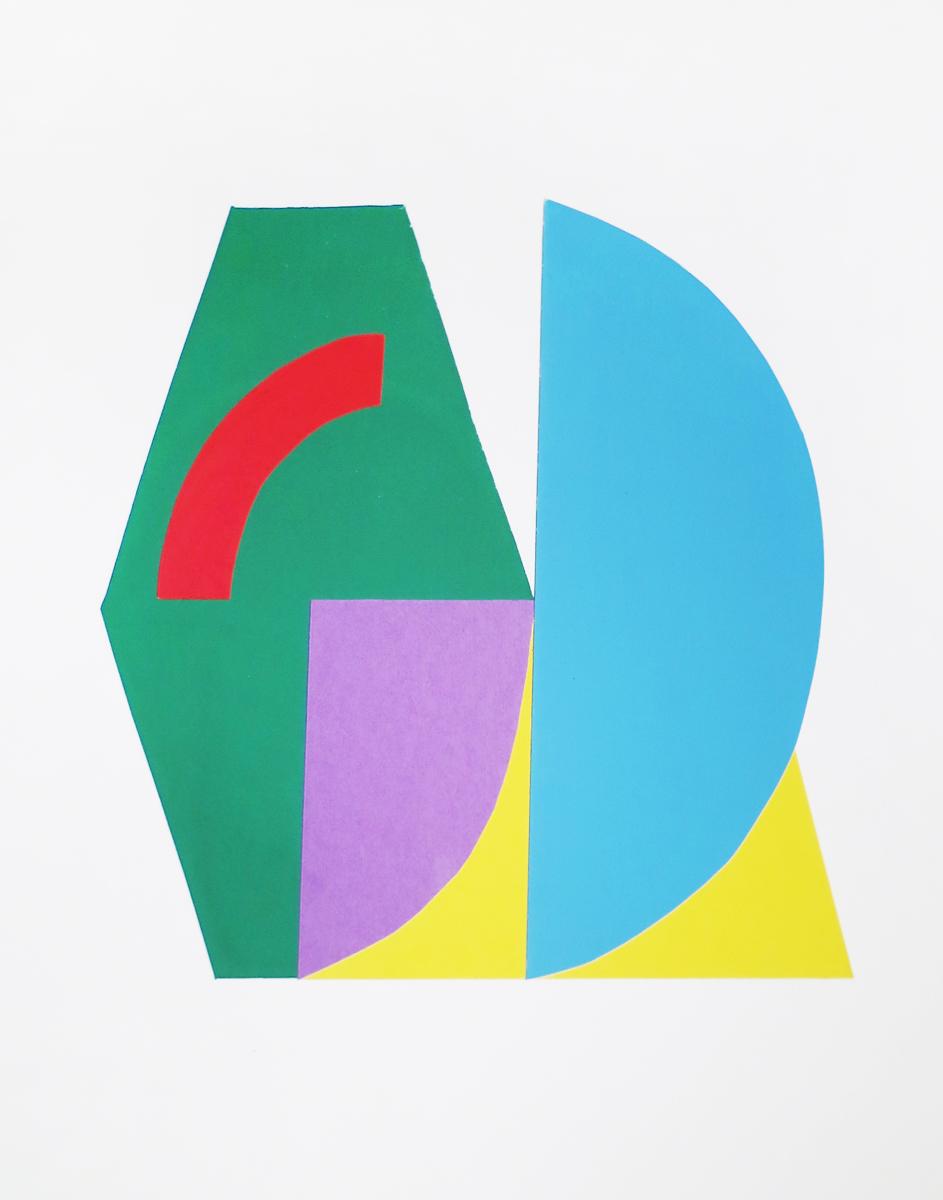 The Makings of a Weaving
The Makings of a Weaving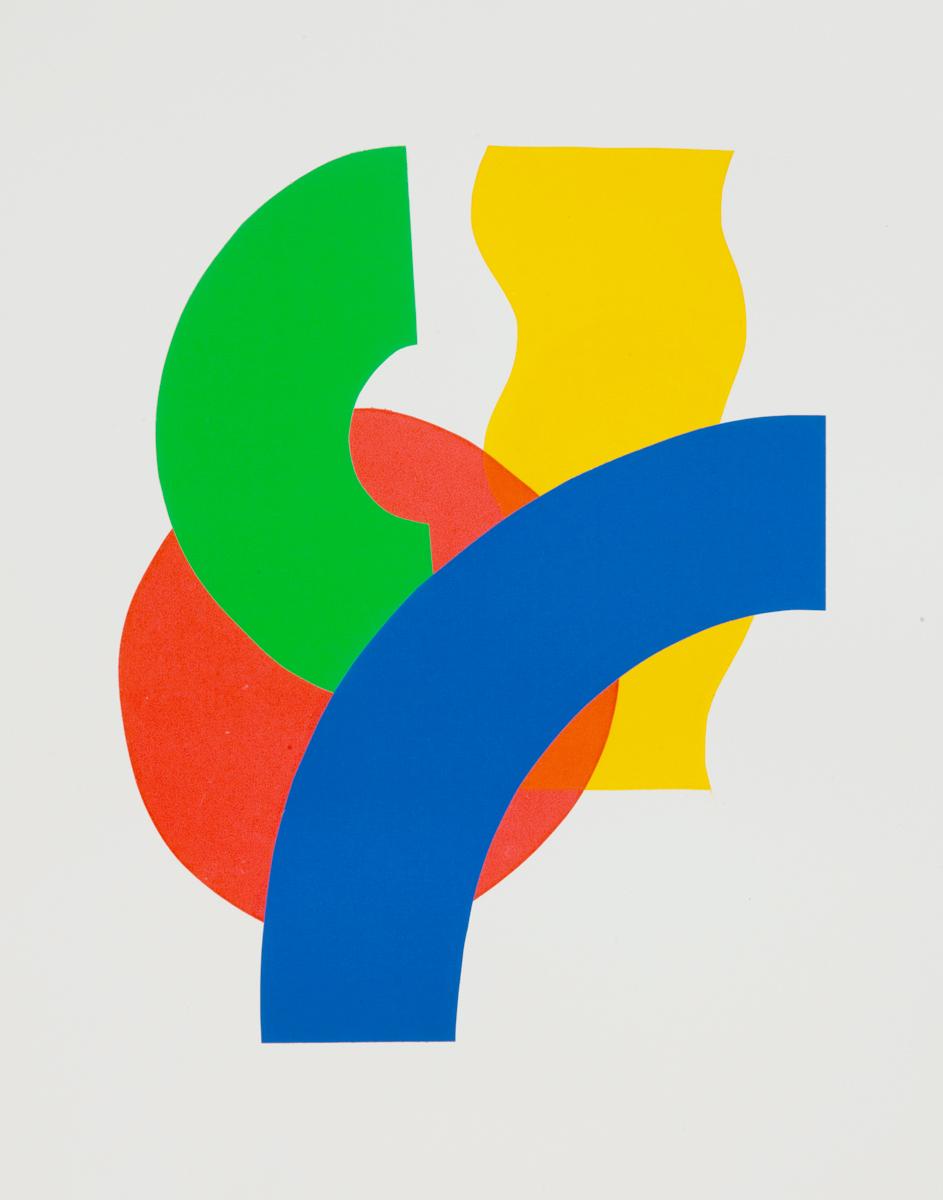 Phases of a Slinky
Phases of a Slinky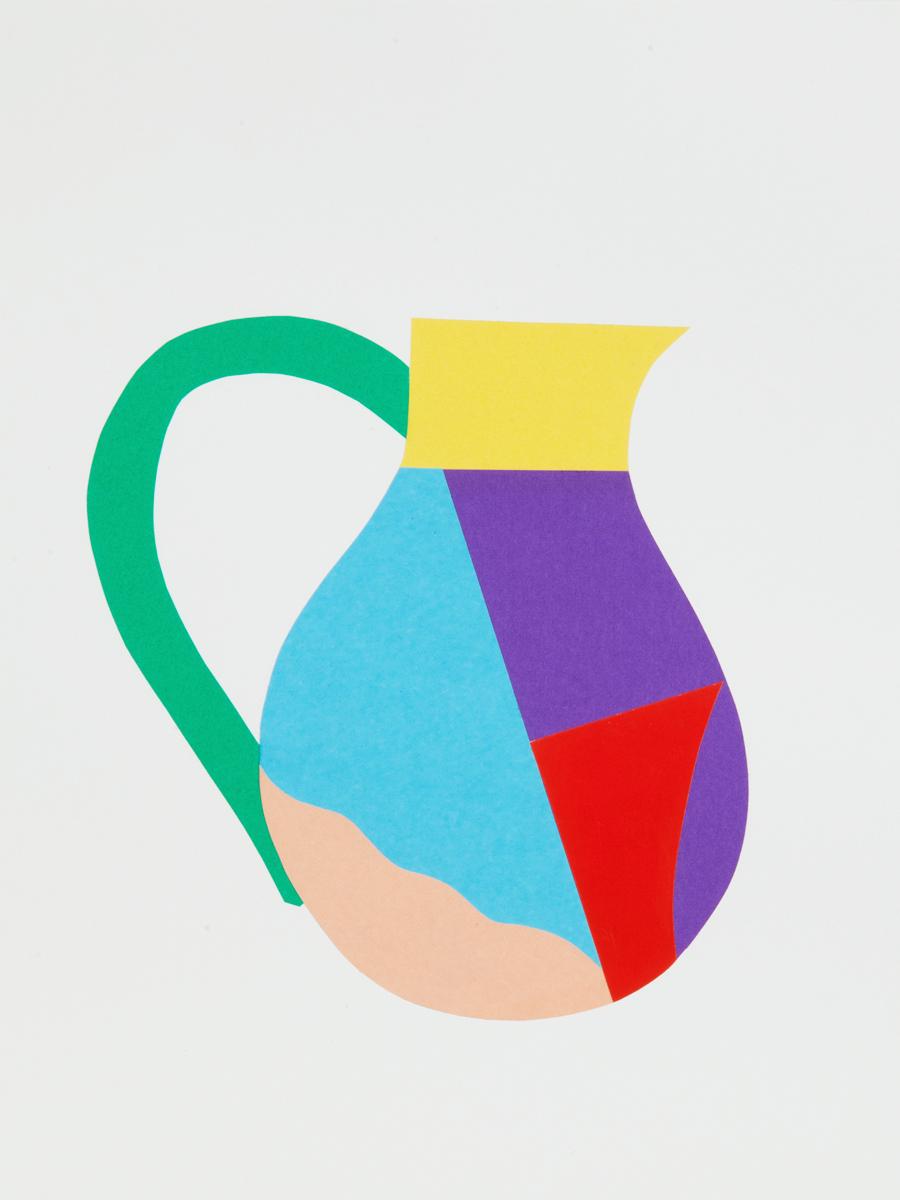 Sweet Tea Pitcher
Sweet Tea Pitcher
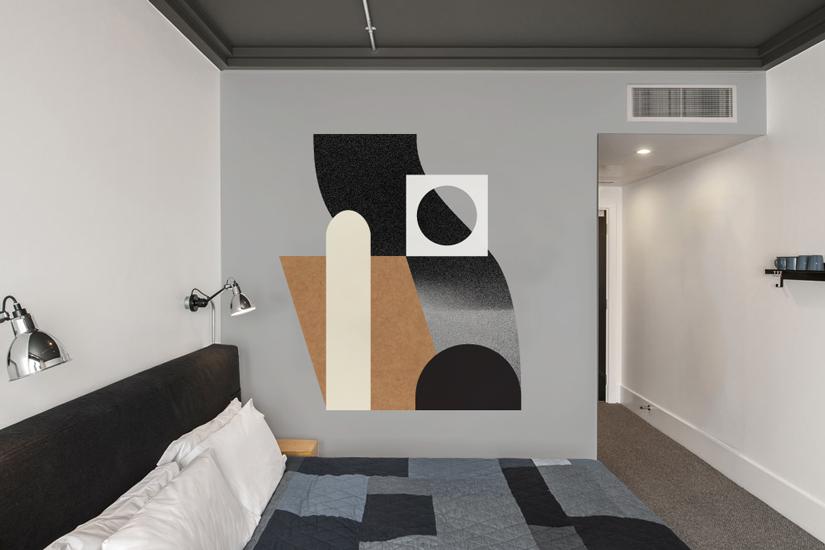 Commission for the Ace Hotel London
Commission for the Ace Hotel London
